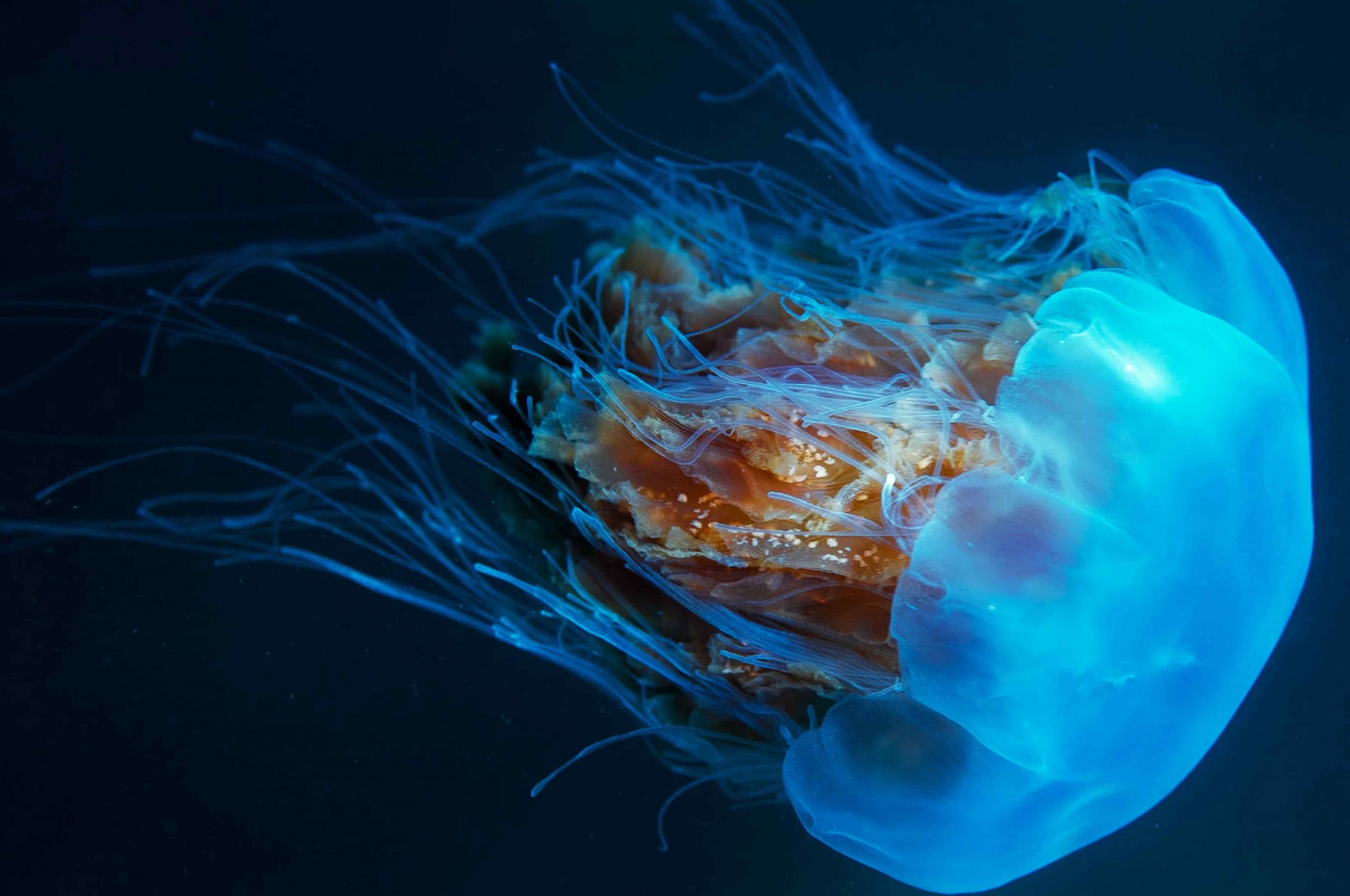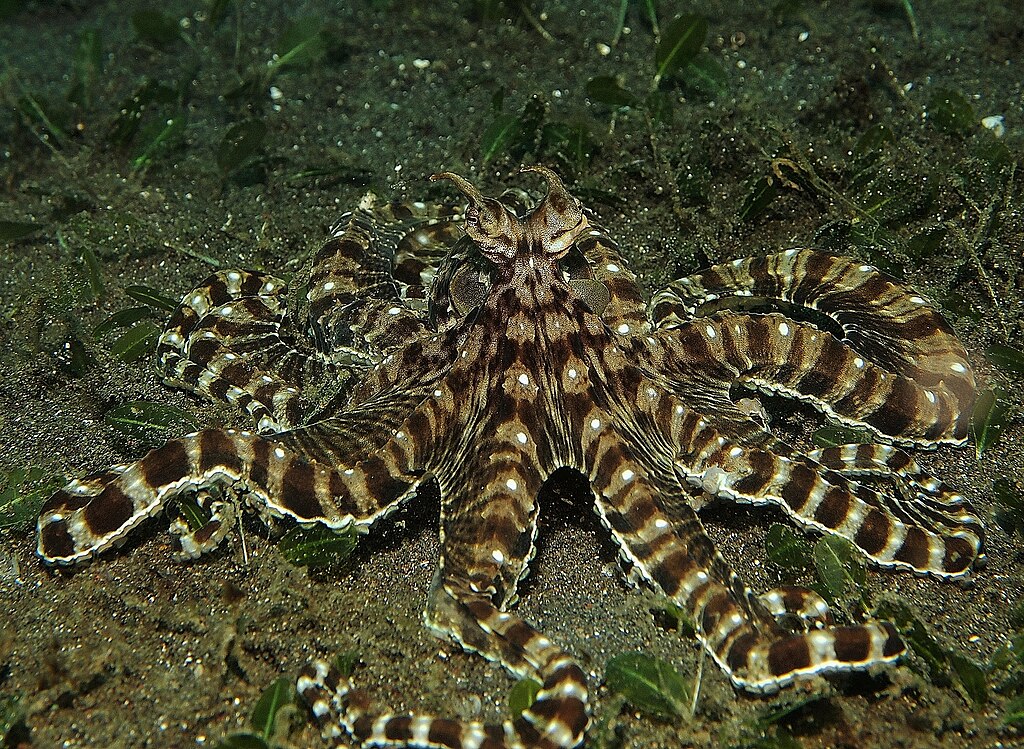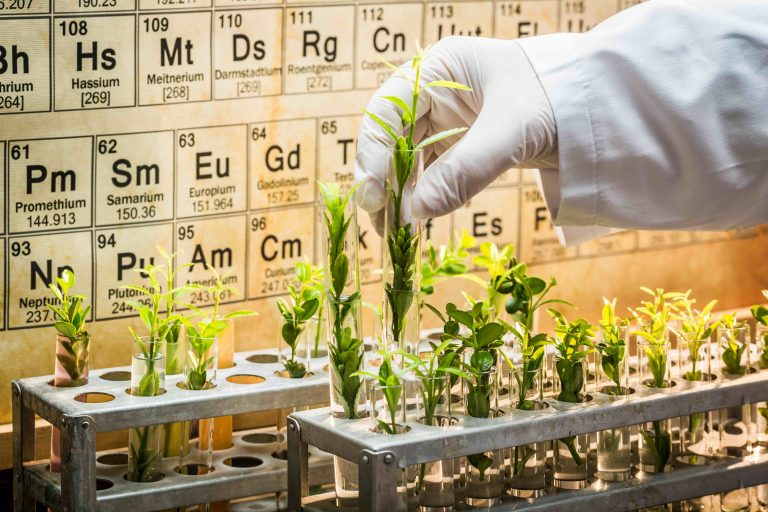
The animal kingdom is full of extraordinary adaptations that allow creatures to thrive in their environments. From invisibility to explosive defenses, these bizarre traits prove that evolution has no limits when it comes to creativity. Here are 10 of the weirdest animal adaptations that will blow your mind.
10. The Axolotl’s Regeneration
The Eternal Healer

Source: LoKiLeCh, CC BY-SA 3.0, via Wikimedia Commons
This aquatic salamander can regenerate entire limbs, spinal cords, and even parts of its brain. Unlike most animals, the axolotl retains its larval features throughout its life, a trait known as neoteny.
Weird detail: Scientists are studying axolotls to unlock the secrets of human tissue regeneration.
9. The Immortal Jellyfish
The Fountain of Youth

Source: Dr. Karen J. Osborn, CC0, via Wikimedia Commons
Turritopsis dohrnii, often called the “immortal jellyfish,” can revert to its juvenile stage after reaching adulthood. This process, known as transdifferentiation, allows it to essentially restart its life cycle indefinitely.
Weird detail: While theoretically immortal, these jellyfish often die from predation or disease.
8. The Pistol Shrimp’s Sonic Weapon
Underwater Sharpshooter

Source: Muséum national d’histoire naturelle, CC BY 4.0, via Wikimedia Commons
The pistol shrimp snaps its claw so quickly that it creates a bubble traveling at 60 miles per hour. When the bubble collapses, it generates a shockwave and a burst of heat comparable to the surface of the sun, stunning or killing its prey.
Weird detail: The snap is so loud it can disrupt underwater communication equipment.
7. The Hairy Frog’s Bone Claws
The Wolverine of the Animal Kingdom

Source: Emőke Dénes, CC BY-SA 4.0, via Wikimedia Commons
When threatened, the hairy frog breaks its own bones to produce claws that puncture through its skin for defense. This gruesome adaptation ensures it can fight off predators, albeit at a painful cost.
Weird detail: The claws retract back into the skin as the frog heals, just like a real-life Wolverine.
6. The Horned Lizard’s Blood Defense
A Shocking Counterattack

Source: William L. Farr, CC BY-SA 4.0, via Wikimedia Commons
Horned lizards can shoot blood from their eyes to deter predators. The blood contains foul-tasting chemicals that discourage attackers. This bizarre defense mechanism is used only as a last resort.
Weird detail: The lizard can shoot blood up to five feet away.
5. The Mimic Octopus’s Disguises
The Master of Imitation

Source: Steve Childs, CC BY 2.0, via Wikimedia Commons
Found in the Indo-Pacific, the mimic octopus can impersonate other marine creatures like lionfish, sea snakes, and flatfish. By changing its shape, color, and behavior, it confuses predators and prey alike.
Weird detail: It decides which creature to mimic based on the specific predator it encounters.
4. The Opossum’s Immunity
Snakebite Survivor

Source: Liam Wolff at English Wikipedia, FAL, via Wikimedia Commons
Opossums are immune to venom from some of the world’s deadliest snakes, including rattlesnakes and pit vipers. This adaptation allows them to prey on snakes without fear of harm.
Weird detail: Researchers are studying opossums to develop antivenoms for human use.
3. The Shrike’s Macabre Pantry
Nature’s Butcher

Source: Antonios Tsaknakis, CC BY-SA 4.0, via Wikimedia Commons
This small bird impales its prey—like insects, lizards, or even mice—on thorns or barbed wire. The shrike uses this gruesome behavior to store food for later consumption.
Weird detail: Shrikes have been known to line up their prey in neat rows, resembling a butcher’s display.
2. The Electric Eel’s Shock
Nature’s Stun Gun

Source: Steven G. Johnson, CC BY-SA 3.0, via Wikimedia Commons
Electric eels can produce electric shocks of up to 600 volts to hunt and defend themselves. These shocks are generated by specialized cells called electrocytes, which work like tiny batteries.
Weird detail: Electric eels use low-voltage pulses to locate prey in murky water before delivering the final shock.
1. The Glass Frog’s Transparent Skin
See-Through Survival

Source: Mauricio Rivera Correa, CC BY-SA 2.5, via Wikimedia Commons
Glass frogs have translucent skin, making their organs visible. This adaptation helps them blend into their surroundings by appearing almost invisible on leaves or branches.
Weird detail: The frog’s green bones enhance its camouflage by diffusing light in a way that matches its environment.
Final Thoughts
These weird animal adaptations showcase the ingenuity of evolution. Whether it’s shooting blood from their eyes or regrowing entire limbs, these creatures prove that survival often means thinking—or evolving—outside the box. The natural world is truly stranger than fiction.


